Blog
Betty Carter (born Lillie Mae Jones; May 16, 1929 – September 26, 1998) was an American jazz singer known for her improvisational technique, scatting and other complex musical abilities that demonstrated her vocal talent and imaginative interpretation of lyrics and melodies. Vocalist Carmen McRae once remarked: “There’s really only one jazz singer—only one: Betty Carter.”
Carter was born in Flint, Michigan, and grew up in Detroit, where her father, James Jones, was the musical director of a Detroit church and her mother, Bessie, was a housewife. As a child, Carter was raised to be extremely independent and to not expect nurturing from her family.
more...“A Native American elder once described his own inner struggles in this manner: Inside of me there are two dogs. One of the dogs is mean and evil. The other dog is good. The mean dog fights the good dog all the time. When asked which dog wins, he reflected for a moment and replied, The one I feed the most.”
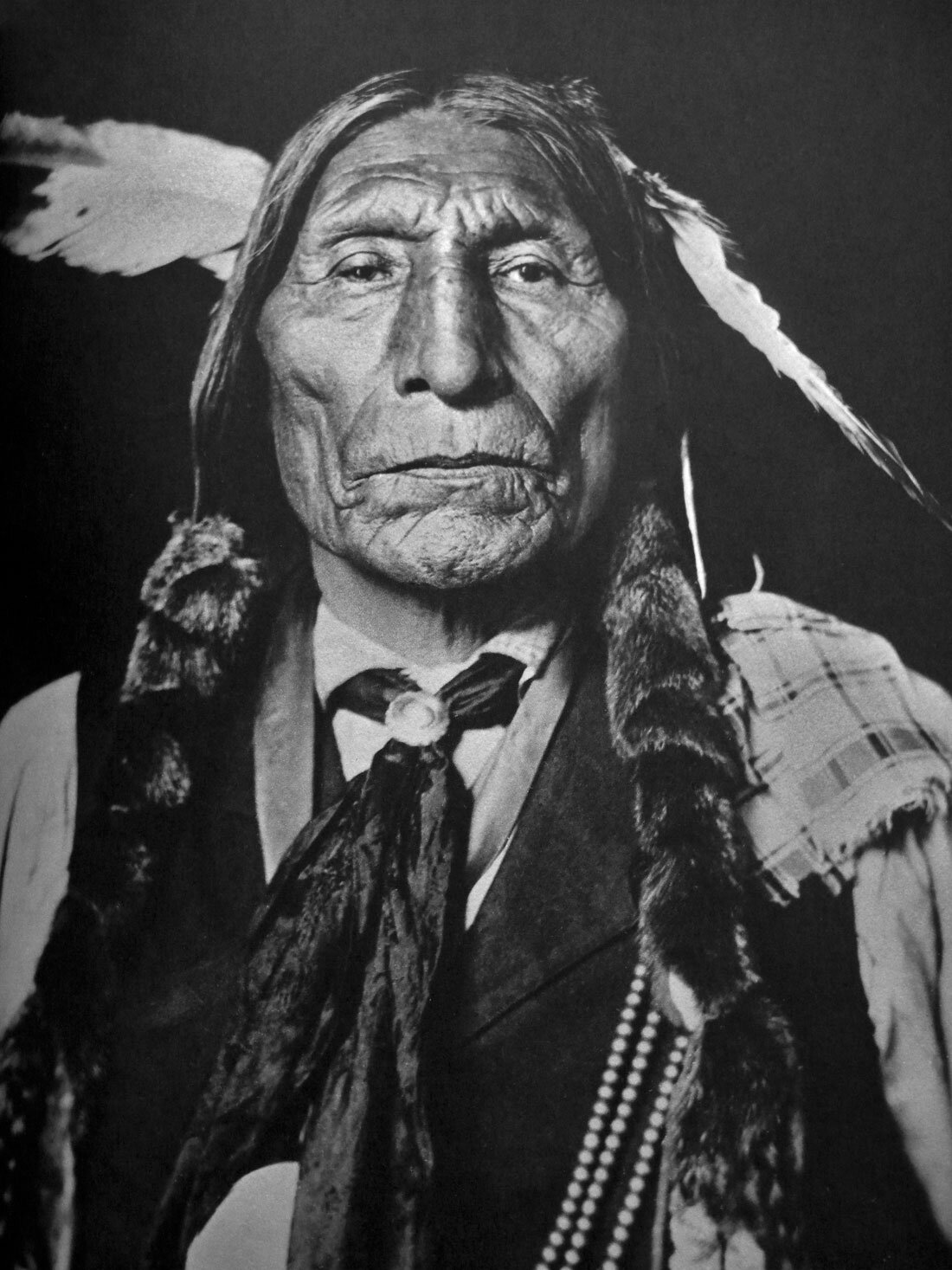
more...
A vast galaxy cluster lurks in the centre of this image from the NASA/ESA Hubble Space Telescope. Like a submerged sea monster causing waves on the surface, this cosmic leviathan can be identified by the distortions in spacetime around it. The mass of the cluster has caused the images of background galaxies to be gravitationally lensed; the galaxy cluster has caused a sufficient curvature of spacetime to bend the path of light and cause background galaxies to appear distorted into streaks and arcs of light. A host of other galaxies can be seen surrounding the cluster, and a handful of foreground stars with tell-tale diffraction spikes are scattered throughout the image. This particular galaxy cluster is called eMACS J1823.1+7822, and lies almost nine billion light-years away in the constellation Draco. It is one of five exceptionally massive galaxy clusters explored by Hubble in the hopes of measuring the strengths of these gravitational lenses and providing insights into the distribution of dark matter in galaxy clusters. Strong gravitational lenses like eMACS J1823.1+7822 can help astronomers study distant galaxies by acting as vast natural telescopes which magnify objects that would otherwise be too faint or distant to resolve. This multiwavelength image layers data from eight different filters and two different instruments: Hubble’s Advanced Camera for Surveys and Wide Field Camera 3. Both instruments have the ability to view astronomical objects in just a small slice of the electromagnetic spectrum using filters, which allow astronomers to image objects at precisely selected wavelengths. The combination of observations at different wavelengths lets astronomers develop a more complete picture of the structure, composition and behaviour of an object than visible light alone would reveal. [Image description: A cluster of large galaxies, surrounded by various stars and smaller galaxies on a dark background. The central cluster is mostly made of bright elliptical

Oscar Castro-Neves (May 15, 1940 – September 27, 2013), was a Brazilian guitarist, arranger, and composer who is considered a founding figure in bossa nova.
He was born in Rio de Janeiro as one of triplets and formed a band with his brothers in his youth. At 16 he had a national hit with Chora Tua Tristeza. In 1962 he was in a bossa nova concert at Carnegie Hall, and later he toured with Stan Getz and Sérgio Mendes. He went on to work with musicians from different genres, including Billy Eckstine, Yo Yo Ma, Michael Jackson, Barbra Streisand, Stevie Wonder, João Gilberto, Eliane Elias, Lee Ritenour, Airto Moreira, Toots Thielemans, John Klemmer, Carol Welsman, Stephen Bishop, and Diane Schuur.
more...Brian Peter George St John le Baptiste de la Salle Eno RDI (/ˈiːnoʊ/; born Brian Peter George Eno, 15 May 1948) is a British musician, composer, record producer and visual artist best known for his contributions to ambient music and work in rock, pop and electronica. A self-described “non-musician”, Eno has helped introduce unconventional concepts and approaches to contemporary music. He has been described as one of popular music‘s most influential and innovative figures. In 2019, Eno was inducted into the Rock and Roll Hall of Fame as a member of Roxy Music.
Born in Suffolk, Eno studied painting and experimental music at the art school of Ipswich Civic College in the mid 1960s, and then at Winchester School of Art. He joined glam rock group Roxy Music as its synthesiser player in 1971, recording two albums with the group before departing in 1973. Eno then released a number of solo pop albums beginning with Here Come the Warm Jets (1974) and began exploring a minimalist direction with the influential recordings Discreet Music (1975) and Ambient 1: Music for Airports (1978), coining the term “ambient music”.
Alongside his solo work, Eno collaborated frequently with other musicians in the 1970s, including Robert Fripp, Harmonia, Cluster, Harold Budd, David Bowie, David Byrne and Judy Nylon. He also established himself as a sought-after producer, working on albums by John Cale, Jon Hassell, Laraaji, Talking Heads, Ultravox, and Devo, as well as the no wave compilation No New York (1978). In subsequent decades, Eno continued to record solo albums and produce for other artists, most prominently U2 and Coldplay, alongside work with artists such as Daniel Lanois, Laurie Anderson, Grace Jones, Slowdive, Karl Hyde, James, Kevin Shields, and Damon Albarn.
Dating back to his time as a student, Eno has also worked in other media, including sound installations, film, and writing. In the mid-1970s, he co-developed Oblique Strategies, a deck of cards featuring aphorisms intended to spur creative thinking. From the 1970s onwards, Eno’s installations have included the sails of the Sydney Opera House in 2009 and the Lovell Telescope at Jodrell Bank in 2016. An advocate of a range of humanitarian causes, Eno writes on a variety of subjects and is a founding member of the Long Now Foundation.
more...Ellis Larkins (May 15, 1923 – September 30, 2002) was an American jazz pianist born in Baltimore, Maryland, known for his two recordings with Ella Fitzgerald: the albums Ella Sings Gershwin (1950) and Songs in a Mellow Mood (1954). He was also the pianist on the first solo sides by singer Chris Connor on her album Chris (1954).
Larkins was the first African American to attend the Peabody Conservatory of Music, an institute in Baltimore. He began his professional playing career in New York City after moving there to attend the Juilliard School.While still at Juilliard, Larkins performed jazz piano with guitarist Billy Moore at Café Society Uptown and over the next ten years in his own groups, or in support of, clarinetist Edmond Hall and singers Helen Humesand Mildred Bailey. He recorded with Coleman Hawkins, and Dicky Wells in the 1940s. In the 1950s, he recorded with Ella Fitzgerald, Ruby Braff, and Beverly Kenney. His 1960s work included recordings or performances with Eartha Kitt, Joe Williams, Georgia Gibbs and Harry Belafonte.
Though he was best known as an accompanist, Larkins recorded several solo albums in the 1950s. In the 1970s, he performed regularly at several New York venues, including Gregory’s, a small bar on the Upper East Side.
more...The third week of performances for The Defeat of Jesse James musical at the History Theater. Sunday May 14th 2023 @ 2pm matinee show. Music by Raymond Berg, Kam Markworth. Christian Wheeler and mick LaBriola. https://www.historytheatre.com/2022-2023/defeat-jesse-james
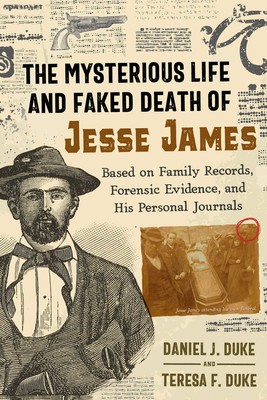
more...
The graceful, winding arms of the majestic spiral galaxy M51 appear like a grand spiral staircase sweeping through space. They are actually long lanes of stars and gas laced with dust. Such striking arms are a hallmark of so-called grand-design spiral galaxies. In M51, also known as the Whirlpool galaxy, these arms serve an important purpose: they are star-formation factories, compressing hydrogen gas and creating clusters of new stars.
Some astronomers think that the Whirlpool’s arms are particularly prominent because of the effects of a close encounter with NGC 5195, the small, yellowish galaxy at the outermost tip of one of the arms. The compact galaxy appears to be tugging on the arm, the tidal forces from which trigger new star formation. Hubble’s clear view shows that NGC 5195 is passing behind M51. The small galaxy has been gliding past the Whirlpool for hundreds of millions of years.
In Hubble’s captivating image of M51, the red represents infrared light as well as hydrogen within giant star-forming regions. The blue color can be attributed to hot, young stars while the yellow color is from older stars.
Discovered by Charles Messier in 1773, M51 is located 31 million light-years from Earth in the constellation Canes Venatici. It has an apparent magnitude of 8.4 and can be spotted with a small telescope most easily during May. The Whirlpool galaxy’s beautiful face-on view and closeness to Earth allow astronomers to study a classic spiral galaxy’s structure and star-forming processes.
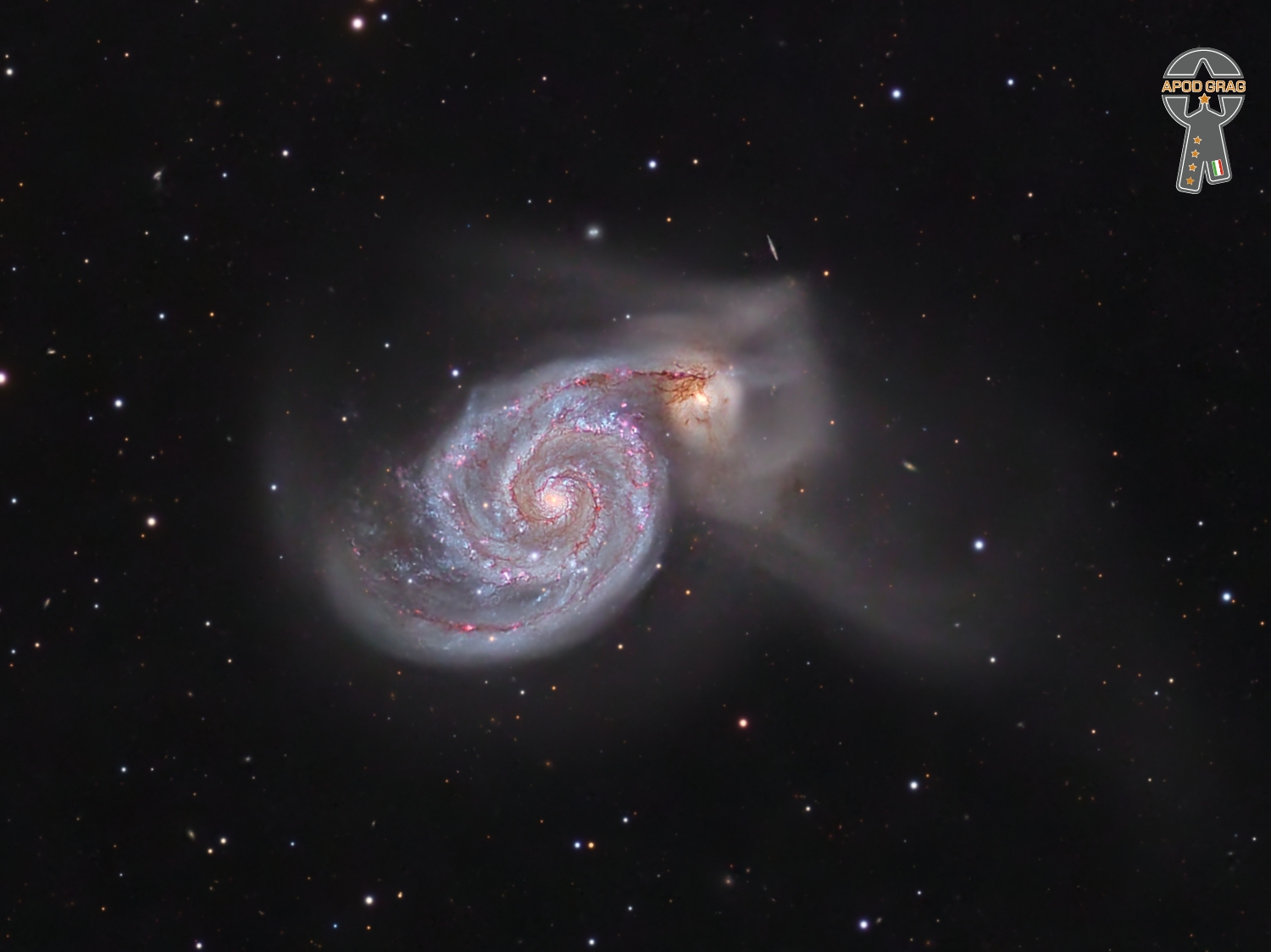
Victor Harold Flick (born 14 May 1937) is an English studio guitarist, best known for playing the guitar riff in the “James Bond Theme“. In the late 1950s, Flick joined the John Barry Seven.
On the Dr. No soundtrack, he was lead guitarist on the track, the “James Bond Theme”. Flick continued to contribute to the James Bond soundtracks from the 1960s through the late 1980s. He also played a pastiche of the “James Bond” guitar part for The Beatles’ film Help! (1965). One of Flick’s guitars, a Clifford Essex Paragon De Luxe, on which he played the original “James Bond Theme”, was displayed at the Rock and Roll Hall of Fame in Cleveland, Ohio.
He also recorded with Herman’s Hermits, playing the distinctive guitar riff in the intro and bridge of “Silhouettes“, a 1965 UK Top 5 hit although this is disputed by Karl Green of Herman’s Hermits in an interview on the Sky Arts programme “The British Invasion”.
In 1999, he worked with composer Nic Raine, backed by the Prague Philharmonic Orchestra, on the James Bond tribute album titled Bond Back in Action. In 2003, he recorded the album James Bond Now, featuring tracks from James Bond soundtracks and new compositions.
more...John Symon Asher Bruce (14 May 1943 – 25 October 2014) was a Scottish musician, singer, songwriter and composer. He gained popularity as the primary lead vocalist and bassist of rock band Cream. After the group disbanded in 1968, he pursued a solo career and also played with several bands.
In the early 1960s Bruce joined the Graham Bond Organisation (GBO), where he met future Cream bandmate Ginger Baker. After leaving the band, he briefly joined with John Mayall & the Bluesbreakers, where he met Eric Clapton. In 1966, he formed Cream with lead guitarist Clapton and drummer Baker. He co-wrote many of their songs (including “Sunshine of Your Love“, “White Room” and “I Feel Free“) with poet/lyricist Pete Brown. After the group disbanded in the late 1960s, he began recording solo albums. Bruce put together a band of his own to perform material live and subsequently formed the blues rock band West, Bruce and Laing in 1972, with ex-Mountain guitarist Leslie West and drummer Corky Laing. His solo career spanned several decades. From the 1970s to the 1990s he played with several bands as a touring member. He reunited with Cream in 2005 for concerts at the Royal Albert Hall and at Madison Square Garden in New York.
Bruce is considered one of the most important and influential bassists of all time. Rolling Stone magazine readers ranked him number eight on their list of “10 Greatest Bassists Of All Time”. He was inducted in the Rock and Roll Hall of Fame in 1993, and was awarded the Grammy Lifetime Achievement Award in 2006, both as a member of Cream.
more...Arthur James “Zutty” Singleton (May 14, 1898 – July 14, 1975) was an American jazz drummer.
Singleton was born in Bunkie, Louisiana, United States, and raised in New Orleans. According to his Jazz Profiles biography, his unusual nickname, acquired in infancy, is the Creole word for “cute”. He was working professionally with Steve Lewis by 1915. He served with the United States Navy in World War I. After returning to New Orleans he worked with Papa Celestin, Big Eye Louis Nelson, John Robichaux, and Fate Marable. He left for St. Louis, Missouri, to play in Charlie Creath‘s band, then moved to Chicago.
In Chicago, Singleton played with Doc Cook, Dave Peyton, Jimmie Noone, and theater bands, then joined Louis Armstrong‘s band with Earl Hines. In 1928 and 1929, he performed on landmark recordings with Louis Armstrong and his Hot Five. In 1929 he moved with Armstrong to New York City.
In addition to Armstrong in New York he played with Bubber Miley, Tommy Ladnier, Fats Waller, Jelly Roll Morton and Otto Hardwick. He also played in the band backing Bill Robinson. In 1934, Singleton returned to Chicago. He returned to New York in 1937, working with Mezz Mezzrow and Sidney Bechet.
In 1943, he moved to Los Angeles, where he led his own band, played for motion pictures, and appeared on the radio program The Orson Welles Almanac (1944). He also worked with Slim Gaillard, Wingy Manone, Eddie Condon, Nappy Lamare, Art Hodes, Oran “Hot Lips” Page, and Max Kaminsky.
more...The third week of performances for The Defeat of Jesse James musical at the History Theater. Saturday May 13th 2023 @ 730pm show. Music by Raymond Berg, Kam Markworth. Christian Wheeler and mick LaBriola. https://www.historytheatre.com/2022-2023/defeat-jesse-james
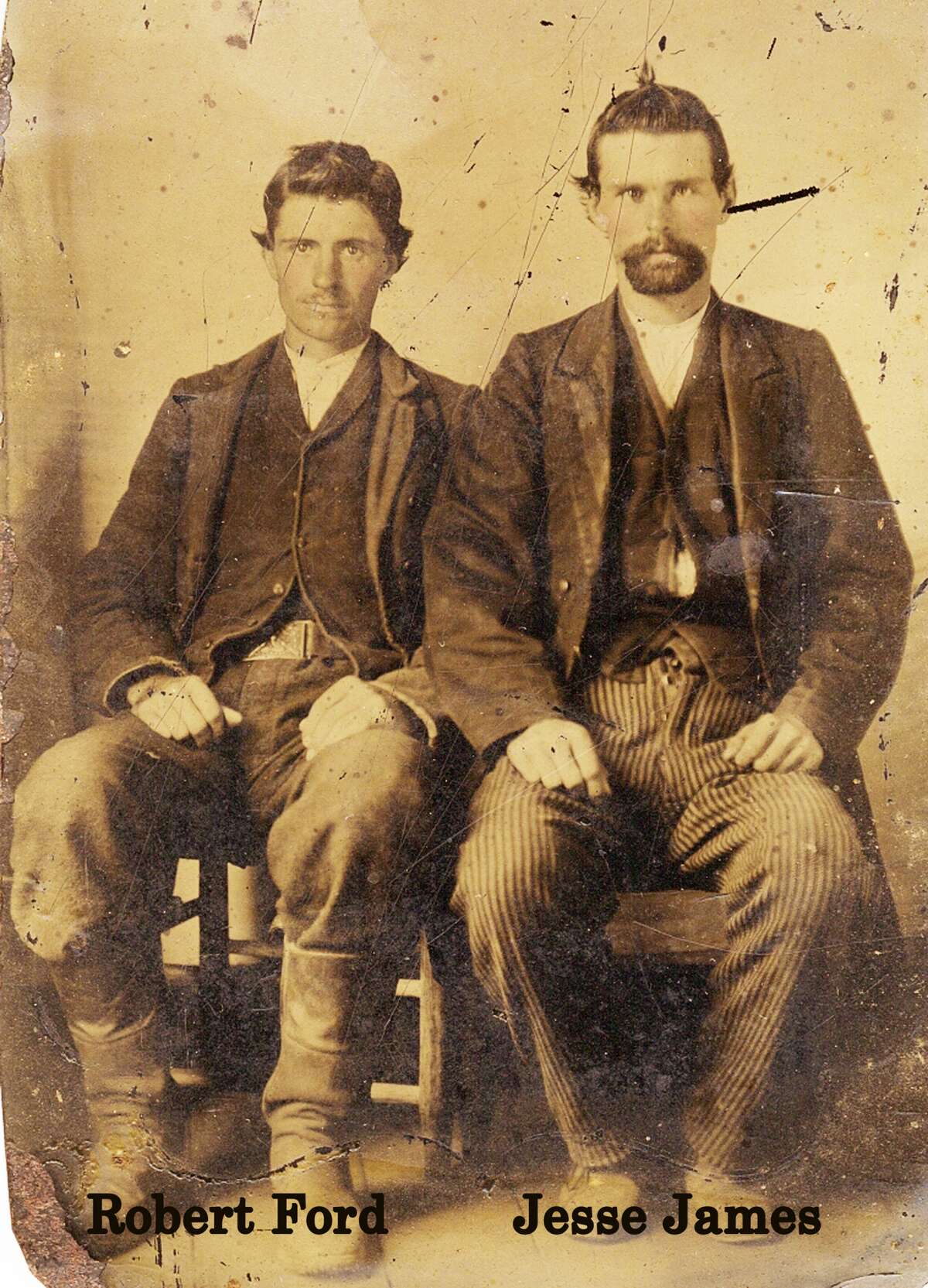
The Medusa Nebula is a planetary nebula in the constellation of Gemini. It is also known as Abell 21 and Sharpless 2-274. It was originally discovered in 1955 by University of California, Los Angeles astronomer George O. Abell, who classified it as an old planetary nebula. Until the early 1970s, the nebula was thought to be a supernova remnant. With the computation of expansion velocities and the thermal character of the radio emission, Soviet astronomers in 1971 concluded that it was most likely a planetary nebula. As the nebula is so large, its surface brightness is very low, with surface magnitudes of between +15.99 and +25 reported. 1500 ly away
The central star of the planetary nebula is an PG 1159 star.
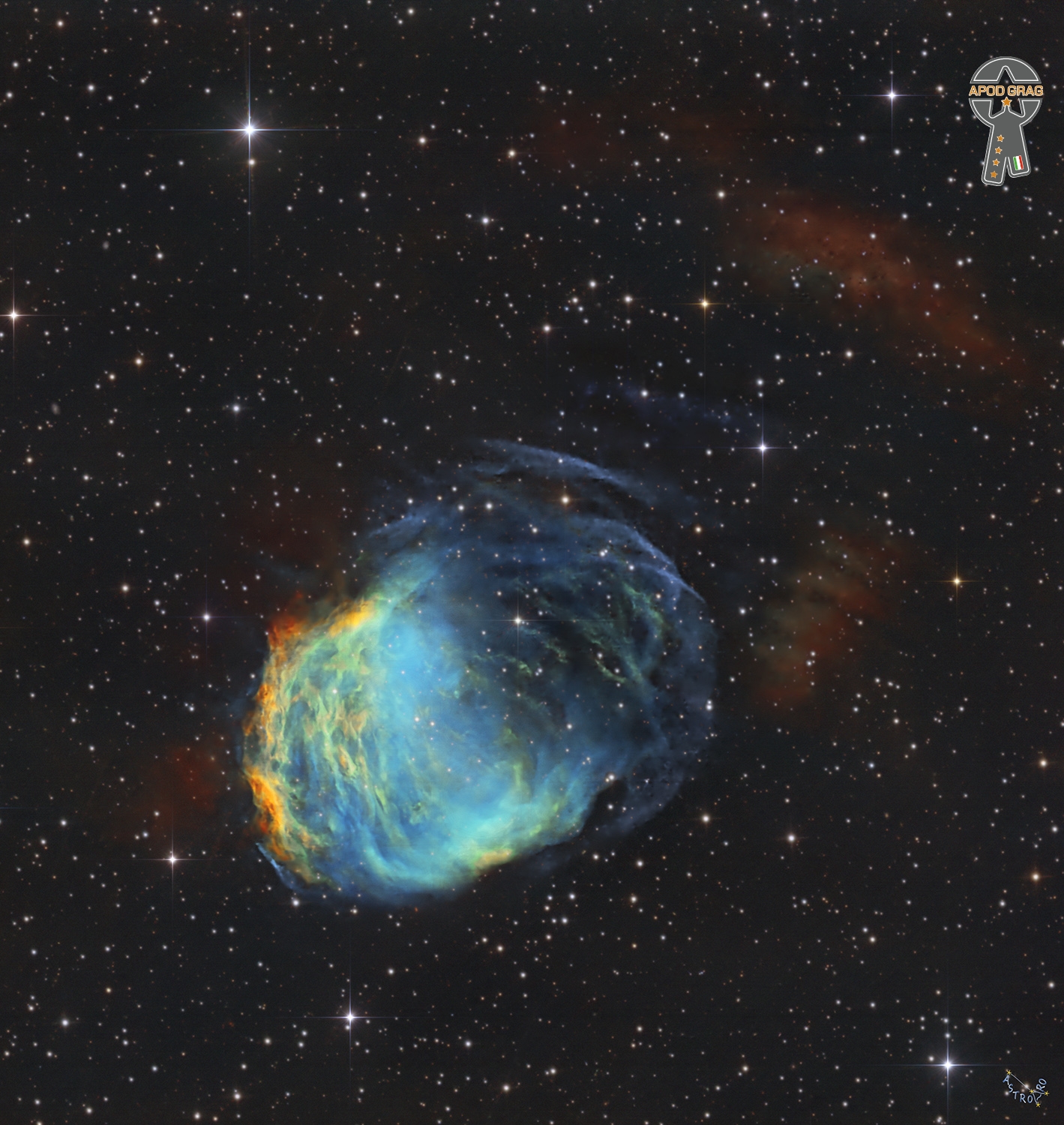
more...
More Posts
- Slam Stewart
- World Music Jiraan
- Daily Roots Umberto Echo
- Frida Kahlo Power of the Cat
- Mt Zion Shabbat for the Soul
- Cosmos Barnard 150
- Billy Bang
- Red Mitchell
- Vi Redd
- Chico Hamilton
- Daily Roots Zion I Kings
- Flamenco Fridays Vicente Amigo
- Cosmos ESO 217-25
- David Bromberg
- Mama Cass
- Muhal Richard Abrams
- Lovie Austin
- World Music Etran de L’Aïr
- Daily Roots I Roy
- Living in the Twilight Zone
